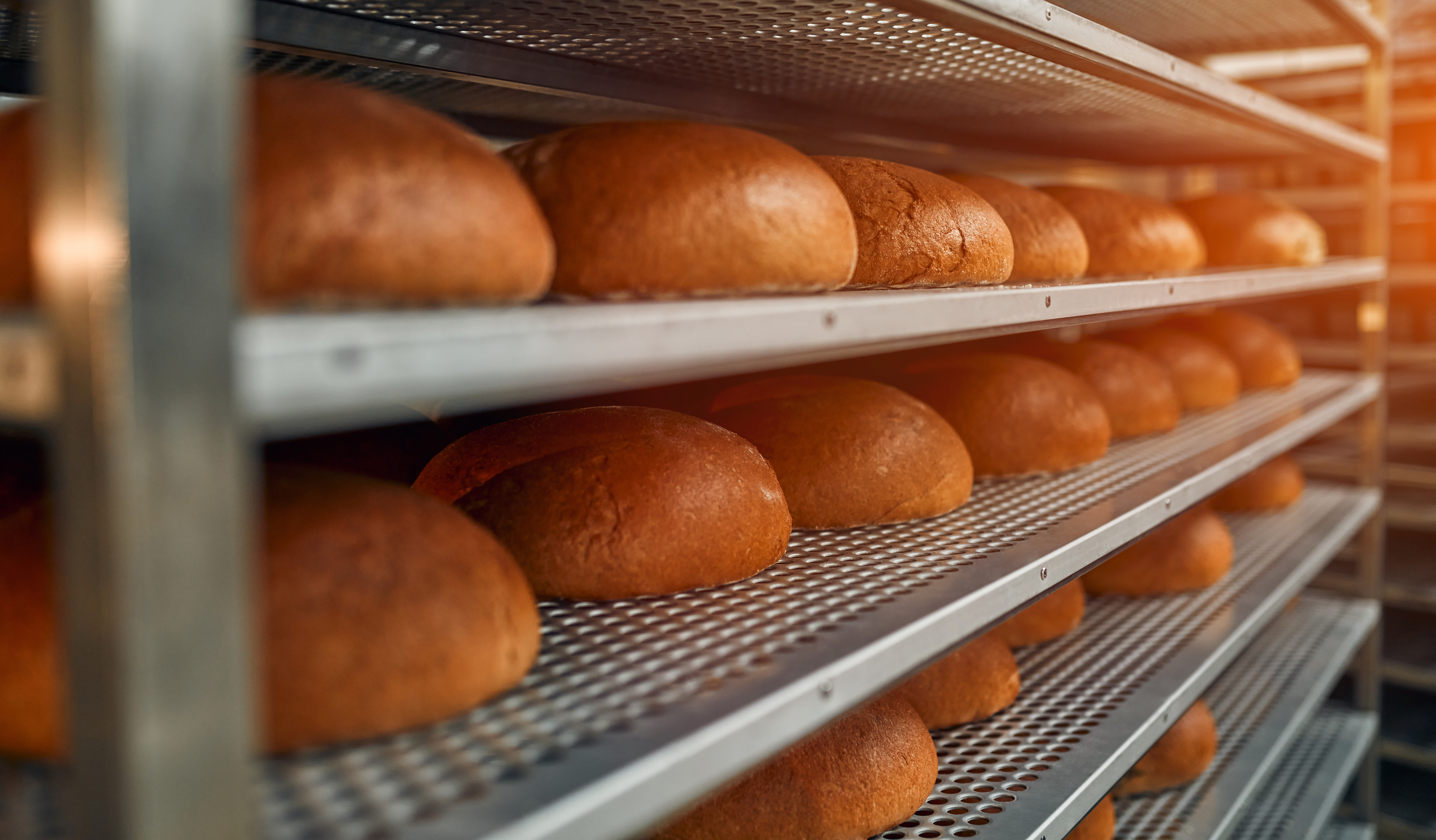The Biggest Challenges and Gaps That Hamper Food Safety
 A hallmark of this young decade is challenge, wrought by the pandemic, divisions, global conflict, and supply chain problems. And while we like to – and rightly -- talk about the important strides that our industries have collectively made to improve food safety over the years, these and other challenges continue to impact the food supply chain.
A hallmark of this young decade is challenge, wrought by the pandemic, divisions, global conflict, and supply chain problems. And while we like to – and rightly -- talk about the important strides that our industries have collectively made to improve food safety over the years, these and other challenges continue to impact the food supply chain.
Identifying obstacles, of course, is the first step to overcoming challenges that stand in the way of a safe food supply. In a recent digital seminar, Caleb Lawrence Alcala, Lead Auditor, Food and Feed Safety for SGS Canada, pinpointed trends and challenges under the three broad factors of social, economic, and environmental issues. “Like any industry, these factors interact and thus affect the way our target consumers view our products,” he said.
Social and Economic Obstacles to Food Safety
The COVID-19 pandemic has been one of the main challenges within the social factor. According to Alcala, even as the crisis has abated, the possibility of new Covid variants – and perhaps emerging viruses that could cause another outbreak or pandemic -- keeps people and businesses in a cautious mode. Supply chain transparency is also tied into social issues, as consumers increasingly evaluate businesses for ethical sourcing, humane treatment and the availability of healthier options.
Economic trends such as inflation and labor shortages are also shaping the marketplace and pose current and potential obstacles. A growing and diverse population, coupled with the rising cost of inputs, affects the way products are made and marketed. Meanwhile, as interest and actions in improving sustainability accelerate, those throughout the farm-to-fork chain are making other adjustments that could potentially impact food safety, Alcala pointed out.
Non-Conformance Gaps and Trends
Amid all of the challenges, there are some notable gaps in adhering to food safety standards such as SQF. Tammie Van Buren, Compliance Manager at SQFI, weighed in on SQF non-conformance trends during the recent digital seminar with SGS.
Although ventilation and a lack of a food safety plan have remained consistent critical non-conformances over the past five years, some non-conformance trends have changed from 2018 to 2022. In 2021 – when SQF Edition 9 was released -- internal audits and inspections moved up the list of both critical and major non-conformance trends, as did management responsibility, corrective and preventive action and pest prevention. “That shows me that our auditors are focused and digging deep into issues that create other issues. For example, sites that don’t have a good internal program typically don’t have a good external audit,” explained Van Buren. She recommends that businesses take a look at critical non-conformance areas to make sure that they are focusing on them, whether it’s maintaining a strong food safety culture, conducting regular internal audits or following other standards mapped out by SQF.
To address and overcome these obstacles and gaps, Alcala also emphasized the importance of following standards such as SQF to create a mindset of ongoing anticipation and preparation. “These changes will continue to happen, and it’s important for us to adapt to survive,” he said.
SGS is a premier sponsor of SQF365 and any questions pertaining to this topic can be sent to food.nam@sgs.com
Recent Blog Posts
The FMI Foundation, in partnership with SQFI, awarded 19 scholarships from 152 applications for the 2025-2026 Food Safety Auditing Scholarship program.
Private brands in the grocery industry are experiencing significant growth, evolving from budget alternatives to strategic assets that drive customer loyalty and distinguish retailers.
Recall prevention means embedding food safety throughout your operations so those failures never reach the customer.




